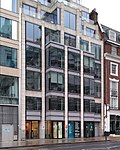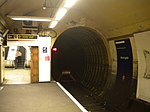Chartered Institute of Management Accountants

The Chartered Institute of Management Accountants (CIMA) is the global professional management accounting body based out of the UK. CIMA offers training and qualification in management accountancy and related subjects. It is focused on accountants working in the industry and provides ongoing support and training for members. CIMA is one of the member of professional associations for accountants in the UK and Ireland. Its particular emphasis is on developing the management accounting profession. CIMA is the largest and the oldest management accounting body in the world with 115,000 members and 6,500 CGMA students in 2020. CIMA is also a member of the International Federation of Accountants. The Chartered Global Management Accountant (CGMA) qualification has the academic standing of a master's degree in the United Kingdom (Level 7 by NARIC)
Excerpt from the Wikipedia article Chartered Institute of Management Accountants (License: CC BY-SA 3.0, Authors, Images).Chartered Institute of Management Accountants
South Place, London Finsbury (London Borough of Islington)
Geographical coordinates (GPS) Address Nearby Places Show on map
Geographical coordinates (GPS)
| Latitude | Longitude |
|---|---|
| N 51.519579833333 ° | E -0.086999833333333 ° |
Address
South Place 1
EC2M 2UP London, Finsbury (London Borough of Islington)
England, United Kingdom
Open on Google Maps









